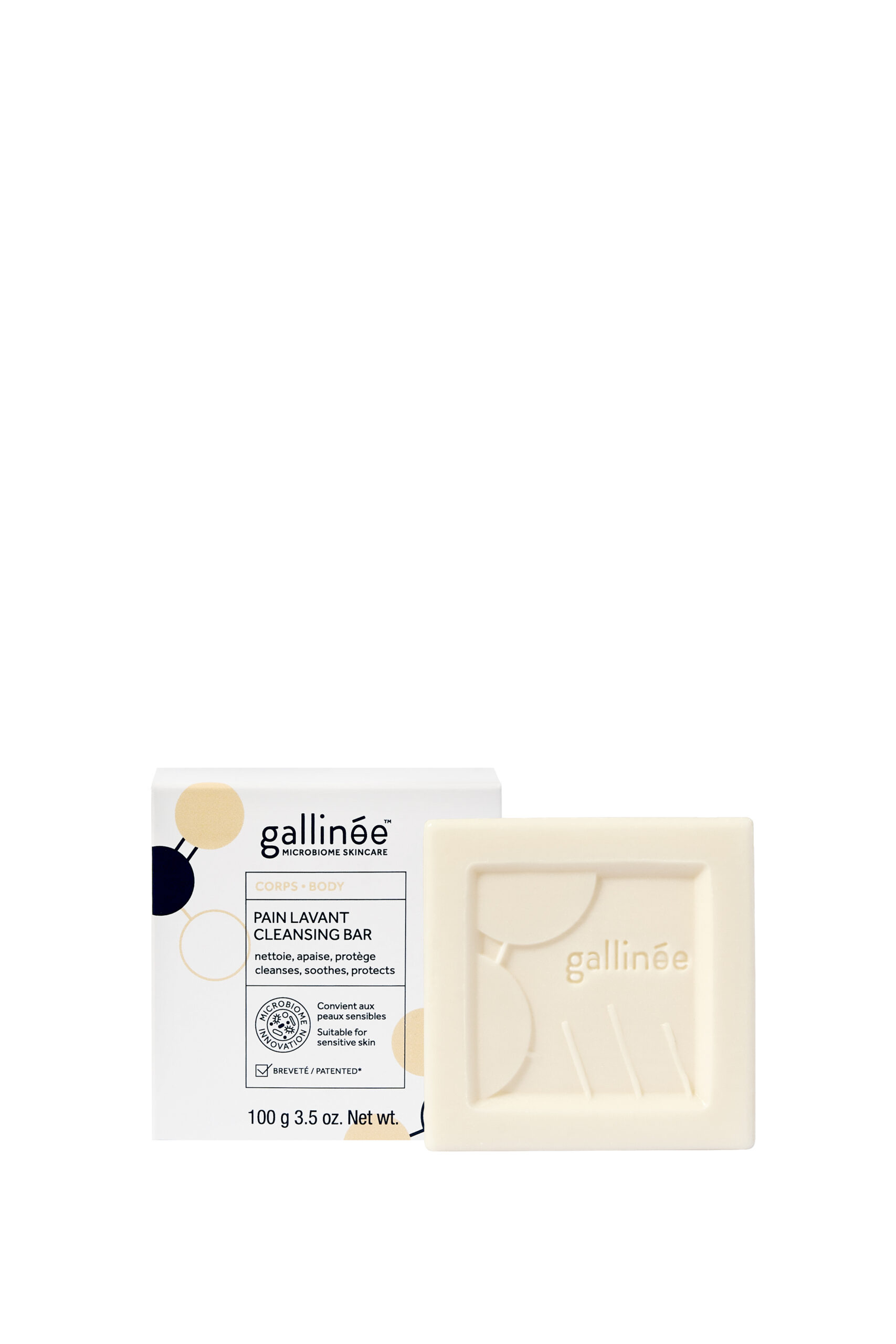The first thing I do when I look at a beauty product is zero in on the ingredient list. This habit tends to annoy beauty sales people. Whenever they show me a product, I immediately turn it around to look at the back. THEN I will smell and try it, and look at the packaging. Because, not to sound corny, but it’s really what’s inside that counts.

The ingredient lists are usually written in tiny characters (to be fair to beauty brands, it’s super difficult to fit everything you need to on a product, our designer spent a few sleepless nights trying to do just that) and the words are extremely long and unpronounceable. But actually it’s not that complicated to spot a good product.
One golden rule: The ingredients are in order of concentration.
The higher up on the ingredient list, the more there is in the product. Usually Aqua=Water is the most common ingredient and so you will find it first on the list. It also means that the lower the ingredient is on the list, the less there is. There is no order required for any ingredient present under 1% though.
So it’s not an exact science, but let’s say, if the Argan oil in your expensive product is listed after the “Parfum/Fragrance”, there’s actually probably not a lot of it inside. But if it appears in the top 5 ingredients, that’s quite good.
Of course everyone has their own standards when it come to beauty products. It’s really a personal thing what you want to put on your face and body. But here are 3 things that are easy to spot and that I personally recommend to avoid at all costs.
1- Avoid mineral oils
Yes, they do give a nice silky dry finish but I find the idea of applying petroleum-derived stuff on my skin totally off-putting. They don’t really bring anything, and just form a film to prevent water to leave your skin. London Beauty Queen has a really good article on the subject.
Mineral oils have long names but are really easy to spot: most of them end in “–icone”: silicone, dimethicone, simethicone, etc… Petrolatum is also one (it just tries to be sneaky by having a different spelling).

2- Second pet hate for SLS
Its full name is Sodium Lauryl Sulfate and it usually appear really high up in shower gels, cleansers and shampoos. It is a very cheap detergent with good foaming properties so it’s very widely used, but it is also agressive, and known for its skin irritation potential. SLS is also really damaging for your microbiome as it is so harsh.
3- A last one for the road: alcohol
It can appear either under the name Alcohol or Ethanol. You usually find it in cleansers or toners. It will give you this super clean feeling by stripping all your natural oils and killing all of your bacteria, good or bad. The issue is that your skin will then compensate by producing more oil, and bacteria will come back anyway, but who knows which ones. Plus, it is irritating.
So, if it’s listed as one of the first 5 ingredients, it’s probably not a really nice product. But keep in mind that if it’s towards the bottom of the list, it’s probably because it’s been used as a solvent for an active ingredient and has evaporated. In that case it is just traces, and quite ok to use.
Et voila, your first step into cosmetic science. Now you can just go around the shops and turn around every packaging. The beauty consultants are going to love it!
Let us know if you find anything funny or if you have questions about other ingredients.
Marie




















